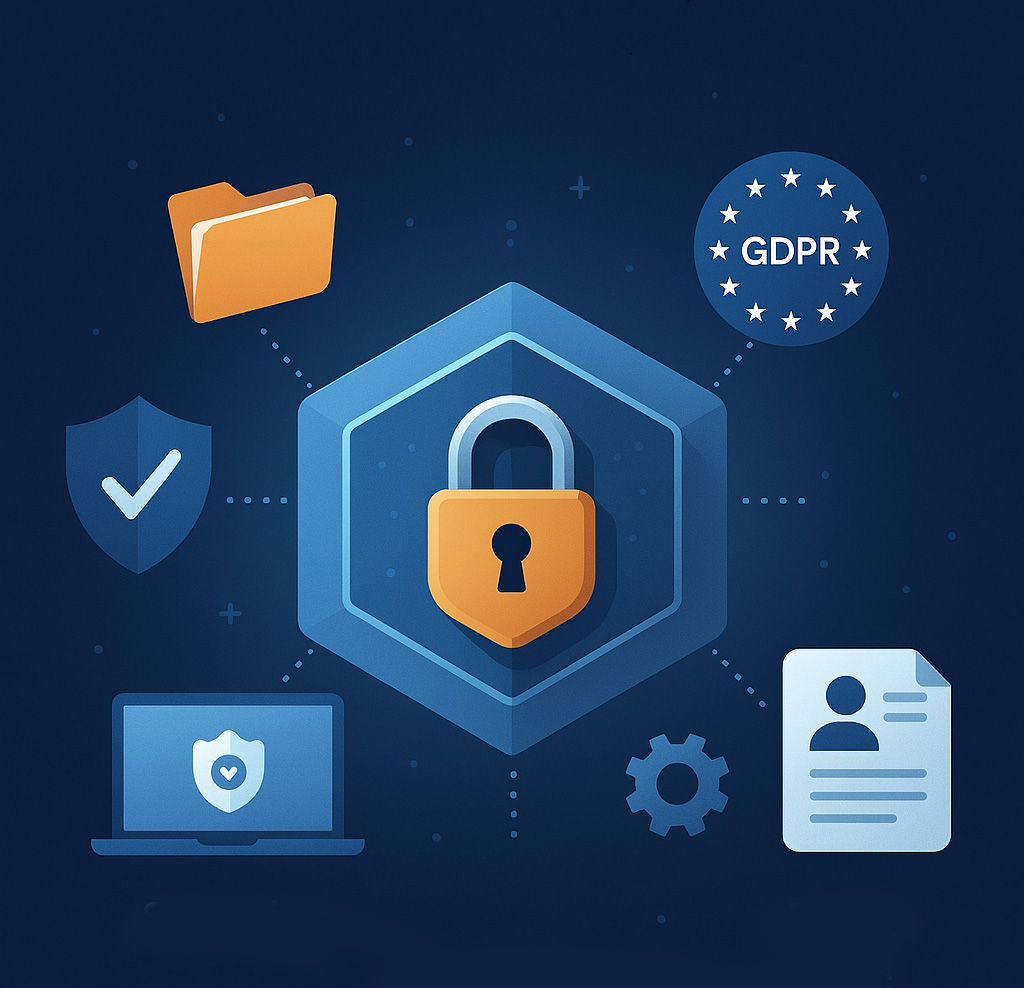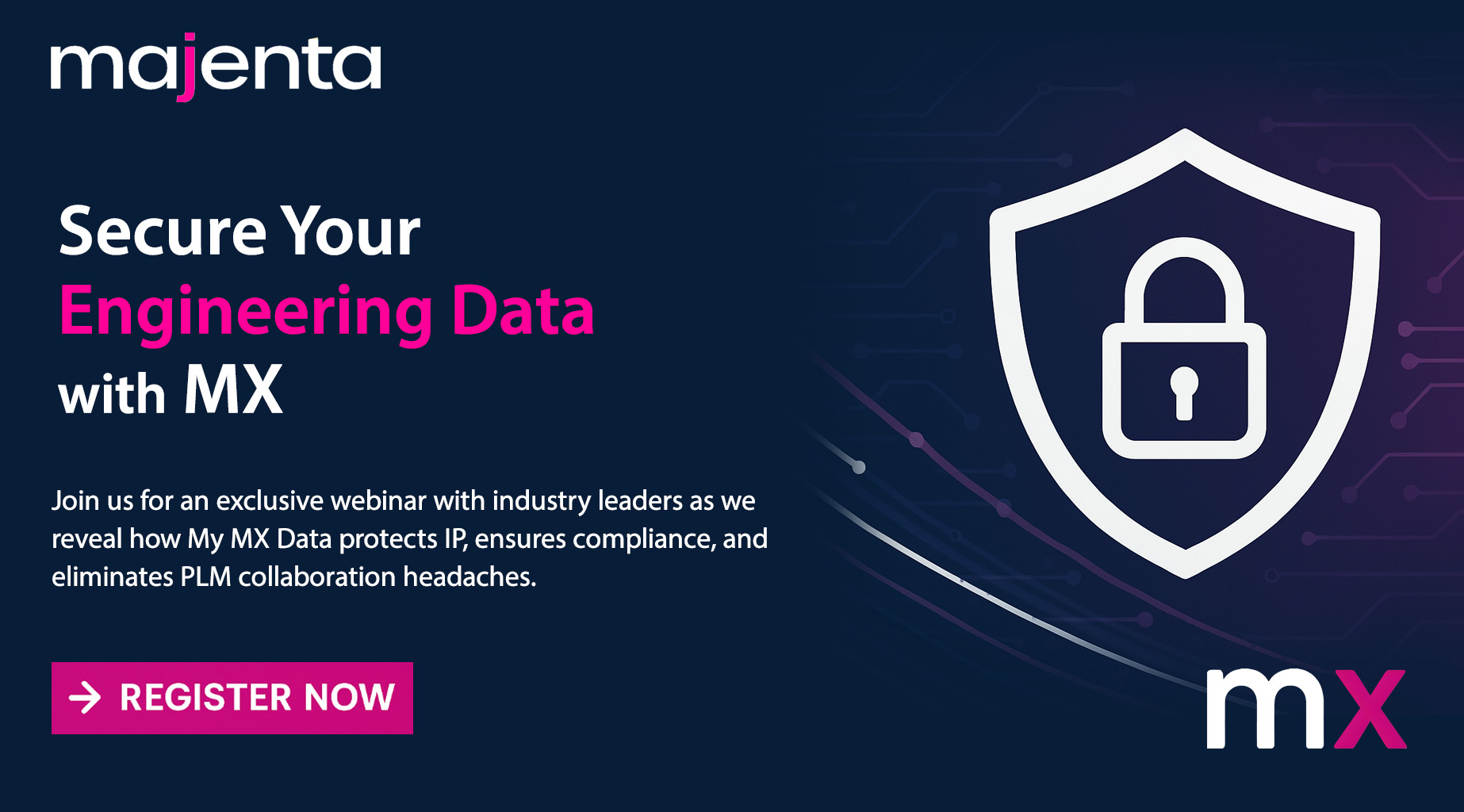Compliance isn’t a buzzword in 2025. It’s a
must-have for businesses handling sensitive data. Cybercrime costs are skyrocketing, projected to reach a staggering
$10.5 trillion annually by 2025 according to
Cobalt’s cybersecurity statistics. Data breaches aren’t cheap either,
costing an average of $4.88 million as reported by
Cobalt.
Companies can’t afford to take risks. A file sharing solution must meet strict standards to keep data secure and regulators satisfied. But what does “compliant” really mean in today’s world? Let’s break it down into clear, actionable pieces.
Understanding Compliance in File Sharing
Compliance means following legal and industry rules. These include heavyweights like GDPR, HIPAA, ISO 27001, and the UK Data Protection Act. Each regulation is designed to protect sensitive data – think patient records, financial transactions, or classified government files.
In 2025, the pressure is intense. GDPR fines have climbed to a jaw-dropping
EUR5.88 billion since 2018, according to a
DLA Piper survey. A compliant file sharing solution doesn’t just store data. It ensures every transfer, access, and storage action aligns with these strict standards.
Robust Encryption: The Bedrock of Compliance
Encryption is the first line of defence. Without it, your data is a sitting duck. In 2025,
62% of organisations have an encryption strategy in place, as noted by the
Ponemon Institute. But compliance demands the best. That means
256-bit AES encryption – the industry gold standard. It keeps files secure during transfers and at rest.
Looking ahead, quantum computing poses a new threat. Quantum-resistant encryption is still in its early stages, with adoption at just
0.029% for tools like OpenSSH, according to a study on
arXiv. Platforms like
My MX Data are leading the charge with their quantum secure patented methodology. This process anonymises, shards, and restores data, making it nearly impossible to crack – even in the future.
For a deeper look at this tech, check out our blog post on
quantum-proof encryption. It’s a game-changer for staying compliant in a rapidly evolving landscape.
Why Encryption Is Non-Negotiable
- Protects sensitive data: Keeps files safe from unauthorised access.
- Meets regulations: Aligns with GDPR, HIPAA, and ISO 27001.
- Future-proofs security: Prepares for quantum computing risks.
End-to-End Audit Trails: Transparency Is Key
Regulators don’t mess around. They want to know exactly who accessed a file, when, and from where. That’s where end-to-end audit trails come in. These logs track every action – uploads, downloads, shares, and even views.
This isn’t just about compliance. It’s about
accountability. If a breach occurs, audit trails help pinpoint the source. They’re also a lifesaver during audits, proving your business takes data security seriously.
My MX Data offers
detailed audit trails that are easy to access. This feature helps businesses facilitate compliance with standards like
ISO 27001. It’s a must-have for industries where transparency is non-negotiable.
Access Controls: Locking the Gates
Not everyone should have the keys to your data. A compliant file sharing solution uses strict access controls to limit who can see or share files. Named user access is a big one – it ensures only authorised individuals can interact with data.
This is a far cry from link-based sharing, which can lead to leaks. Research shows that
9.2% of externally shared documents contain sensitive information, according to
Computerworld’s file sharing stats. That’s a risk you can’t take.
My MX Data’s named user system is a fortress. You can also set expiry dates, limit downloads, and control permissions. These features help align with GDPR’s data minimisation principles, reducing exposure and keeping your business compliant.
Comprehensive Access Control Features
| Feature | Description | Compliance Benefit |
| Named User Access | Restricts file access to specific, authorised individuals only. | Limits exposure to unauthorised users, aligning with GDPR. |
| Expiry Settings | Allows users to set a time limit on file access. | Ensures data isn’t accessible indefinitely, meeting data retention rules. |
| Download Restrictions | Limits the number of times a file can be downloaded. | Prevents unauthorised sharing, reducing breach risks. |
| IP Whitelisting | Restricts access to specific IP addresses or ranges. | Ensures only trusted networks can access files, enhancing security. |
| Two-Factor Authentication | Requires a second form of verification for access. | Adds an extra layer of security, meeting standards like HIPAA. |
Data Sovereignty: Keeping Data in the Right Place
Where your data lives matters. Regulations like GDPR and the UK Data Protection Act often require data to stay within specific regions. This is called data sovereignty, and it’s a
big deal in 2025.
A compliant file sharing solution lets you choose where your data is stored. This ensures it doesn’t cross borders that could violate laws. For example, a UK-based company might need to keep data in the EU to comply with GDPR.
My MX Data offers
custom storage locations. You can decide where your data shards are kept, helping you meet regional requirements. This is crucial for industries like government and finance, where data sovereignty is a top priority. Learn more in our
government file sharing guide.
Secure Collaboration: Teamwork Without the Risks
Collaboration is a necessity. But it can’t come at the cost of security. Real-time editing tools often open doors to vulnerabilities. A compliant solution focuses on controlled collaboration instead.
My MX Data prioritises secure file handoffs over live editing. Its MX Conversations tool lets teams discuss projects without leaving the platform. This keeps everything in a secure environment, reducing the risk of leaks.
This approach is a win for sectors like healthcare, where
65% of providers use secure file transfer solutions, according to
Statista’s encryption stats. For more on secure teamwork, see our blog on
data sharing essentials.
Industry-Specific Standards: One Size Doesn’t Fit All
Every industry has its own rules. A compliant file sharing solution must cater to these unique needs. Let’s look at a few key sectors.
01. Healthcare: HIPAA Compliance
Healthcare providers deal with patient data under HIPAA. Breaches are rampant – from 2018 to 2023, hacking-related incidents in this sector surged by
239%, as reported by
Dialog Health’s HIPAA stats. A compliant platform must encrypt data and restrict access.
My MX Data’s features align with
HIPAA requirements. End-to-end encryption and named user access ensure patient data stays safe. It’s a must for staying compliant in this high-stakes field.
02. Finance: PCI and GDPR
Finance firms face PCI standards and GDPR. Attacks on financial websites spiked by over
200% in 2022, according to
The Business Research Company’s market report. A compliant solution needs robust encryption and audit logs.
My MX Data’s financial services solution delivers. It offers 256-bit AES encryption and detailed tracking, helping firms meet these standards without breaking a sweat.
03. Legal: Client Confidentiality
Legal firms must protect client data under GDPR and the UK Data Protection Act. Around
60% of legal firms use secure tech, as noted by
Legal 500’s tech adoption trends. My MX Data’s strict access controls and audit trails help facilitate compliance.
04. Government: ITAR and More
Government agencies often deal with classified data under regulations like ITAR. A compliant solution must offer top-tier encryption and data sovereignty options. My MX Data aligns with
ITAR requirements, ensuring secure transfers for sensitive government files.
Emerging Trends in Compliance
Compliance isn’t static. New trends are shaping what makes a file sharing solution compliant in 2025.
01. Zero-Trust Security
Zero-trust frameworks are on the rise. They assume no one is trustworthy – even inside the organisation. This means constant verification of every user and action. My MX Data’s named user access and audit trails fit this model perfectly.
02. AI-Powered Threat Detection
AI is changing the game. It can detect threats in real time, making file sharing safer. This trend is driving growth in the secure file transfer market, which is set to reach
$3.63 billion by 2029, according to
The Business Research Company’s market forecast.
03. Blockchain Integration
Blockchain creates tamper-proof records of file transfers. This is a boon for audit trails, helping businesses prove compliance during inspections. It’s an emerging tool for staying ahead of regulatory demands.
Why My MX Data Leads the Way
Not all file sharing solutions are built for compliance. My MX Data stands out with features designed to meet 2025’s demands.
- Top-tier encryption: 256-bit AES and quantum secure methodology.
- Comprehensive audit trails: Tracks every action for transparency.
- Flexible data sovereignty: Custom storage locations for regional compliance.
- Robust access controls: Named users, expiry settings, and more.
It’s no wonder
65% of companies use secure file transfer solutions, as per
Statista’s industry data. My MX Data helps businesses in finance, healthcare, legal, and government sectors meet their specific needs. See how it works in our
case studies.
Choosing a Compliant Solution in 2025
Picking the right platform is critical. Here’s what to look for:
- Strong encryption: 256-bit AES and quantum-resistant options.
- Detailed logs: End-to-end audit trails for accountability.
- Custom controls: Named user access and data sovereignty options.
- Industry fit: Features tailored to your sector’s regulations.
Compliance isn’t a guarantee – it’s a process. A good file sharing solution facilitates this journey. My MX Data does exactly that, with tools to keep your data safe and regulators happy.
Get Started with Compliance Today
Ready to ensure your file sharing is compliant? Explore
My MX Data’s features – from robust encryption to secure collaboration. Start with a
7-day free trial to see the difference.


